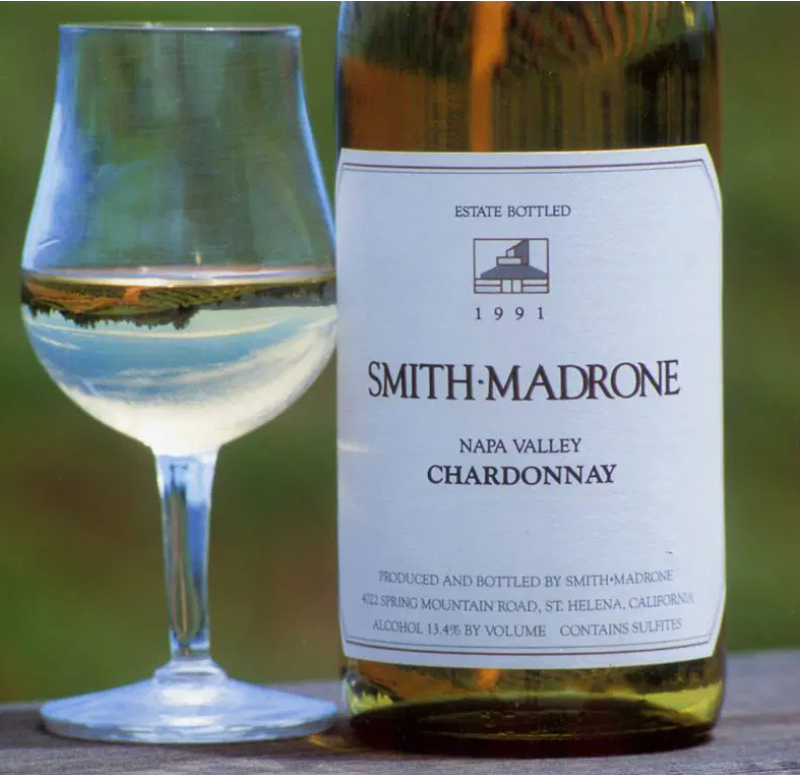Featured image courtesy of eatlovesavor.com
Only estate wines from Smith-Madrone Winery & Vineyards’ dry-farmed vineyards are produced. The vineyard, established over a century ago, is located on the 200-acre estate ranch. The vines now cover 34 acres and are in various stages of development. The winery’s tributary name honours the Smith brothers and the Madrone, the ranch’s most prominent tree.
After realizing that the site had been a vineyard in the 1880s, founder Stu Smith bought the ‘terroir’ in 1971 with the help of family and friends. Stuart Smith works as a vineyard manager and winemaker alongside his brother Charles Smith. They outline their vision for the operation in a statement:
“At Smith-Madrone, our goal is to develop distinct handcrafted wines that express both the vintage and ourselves as vintners, but above all, wines that delight the senses.” Our wine is made from the same vineyards every year, trimmed by the same people, in the same way, farmed in the same way, and harvested at similar stages of maturity. Still, Mother Nature imbues each vintage with its combination of flavours, senses, and personality. Vintage dating is a celebration of difference and originality.”
~Smith-Madrone
I recently had the pleasure of tasting three of the winery’s most recent offerings. I’ve only tried two of the estate’s wines so far: Smith-Madrone 2017 Estate Riesling and Smith-Madrone 2017 Estate Chardonnay. These wines were tried on their own. The Cabernet Sauvignon will be tasted at a later time.
The Vinegar
The wine has lovely legs that go gracefully down the glass like a pair of silk stockings. It’s quite remarkable to see.
Immediately after swirling, heavy petrol scents emerge from the glass, with peach and apple pushing through to reveal themselves later. The combination of petroleum and fruit flavours tempts your nose to return before each sip.
There’s a torrent of lemon, lime, nectarines, green apple, Thai basil, damp stone, and unexplained beeswax undertones on the palate. White pepper, basil, pink grapefruit, and vibrant lime end the wine. Bright and snappy with a creamy texture, this medium-dry, medium-body wine is bright and sharp. As the wine warms, subtle mango flavours emerge on the aftertaste.
Yellow apples, caramelized caramel, and hazelnut aromas evoke memories of a festive dessert.
There is citrus peel, acidic green apple, pineapple, vanilla, baking spices, and touches of toast on the palate. The aftertaste is long, with citrus flavours lingering. Acidic and enticing. Ends tingly and somewhat peppery. This wine boasts excellent minerality, complexity, and structure and is quite well balanced.
My introduction wines were fantastic. While I can’t choose between the two, I can say that both of these wines were outstanding. These wines are ideal for enjoying in the summer. I could, however, imagine myself drinking them all year. It was far too soon when the bottle was emptied. Both are delicious with or without food and offer excellent value.
I eagerly anticipate the next bottle.
